The Third Stop of Oriental Spiritual Painting International Tour Exhibition
·Palazzo Bellini, Florence, Italy
Countdown to Day 40 of 100!
The prelude is about to unfold!
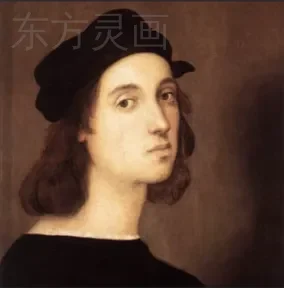
Raphaeltogether with Leonardo da Vinci and Michelangelo, is known as the "Iron Triangle" of the Renaissance. Compared to the other two, he is less well-known. He had a gentle personality and an astonishing learning ability, and was once called the "Thief of the Gods".
Born in 1483 in the small town of Urbino, Italy, Raphael went to Florence in 1501 to study under Perugino.There, he was exposed to the works of Leonardo da Vinci and Michelangelo. He not only learned Leonardo's composition techniques and lighting effects, but also absorbed the expressiveness of dynamic figures and contrapposto poses from Michelangelo. Raphael thus integrated the strengths of the two masters to form his own unique artistic style.
🤔 Epicurus: Crowned with Leaf Wreath
"Human happiness lies in the pursuit of everlasting mental pleasure."
📖 Pythagoras: Bald Elder Writing on a Thick Tome, Squatting Forward
👑Alexander the Great: Hands Crossed over Chest, King of Macedon
🕵️♀️ Hypatia: White-robed Long-haired Figure beside Averroës
🤨Socrates: Green-robed Debater Turning Left, Counting Fingers
🌍 Plato: Pointing to the Sky, Modeled after Leonardo da Vinci
📚 Aristotle: Believed to Be Modeled after Michelangelo
🐕 Diogenes: Semi-nude Elder Reclining on Stairs
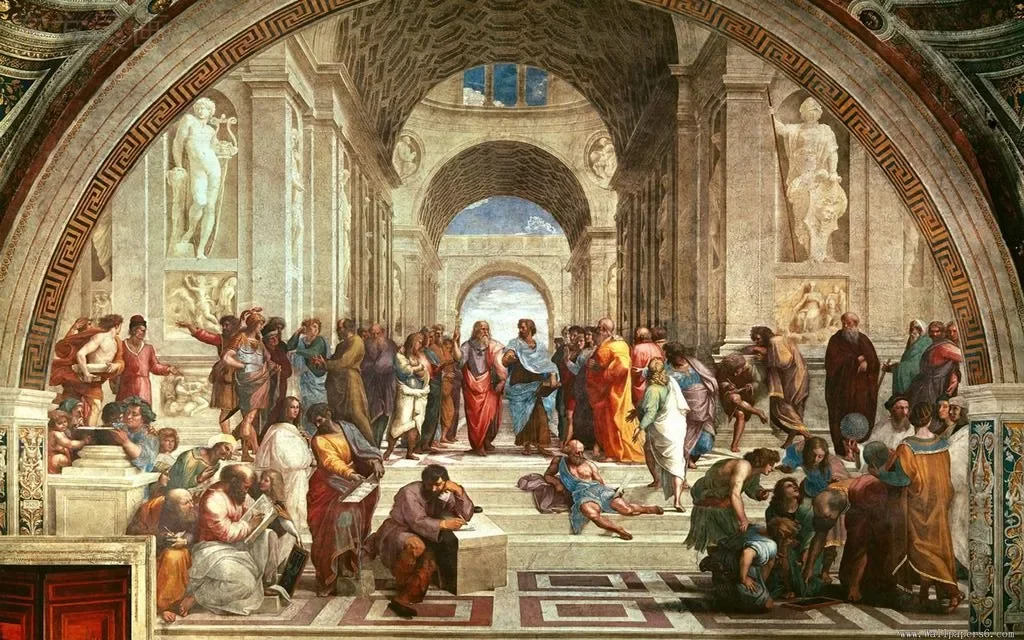
The School of Athens is a fresco created by Italian painter Raphael Sanzio between 1510 and 1511, now housed in the Vatican Museums. This masterpiece not only showcases the intellectual collision of ancient Greek philosophers and scientists but also serves as a cross-time "gathering of academic giants".
The thematic core of The School of Athens heralds the revival of human rational spirit nurtured from the soils of ancient Greece and Rome, while also standing as the artist’s collective tribute to those who pursue wisdom and truth.Contemplating this painting is like entering the profound ideological universe of human civilization. At its center, Plato and Aristotle command the spotlight, surrounded by over 50 scholarly figures—each with distinct identities and personalities. They represent the seven liberal arts of ancient civilization: grammar, rhetoric, logic, arithmetic, geometry, music, and astronomy.
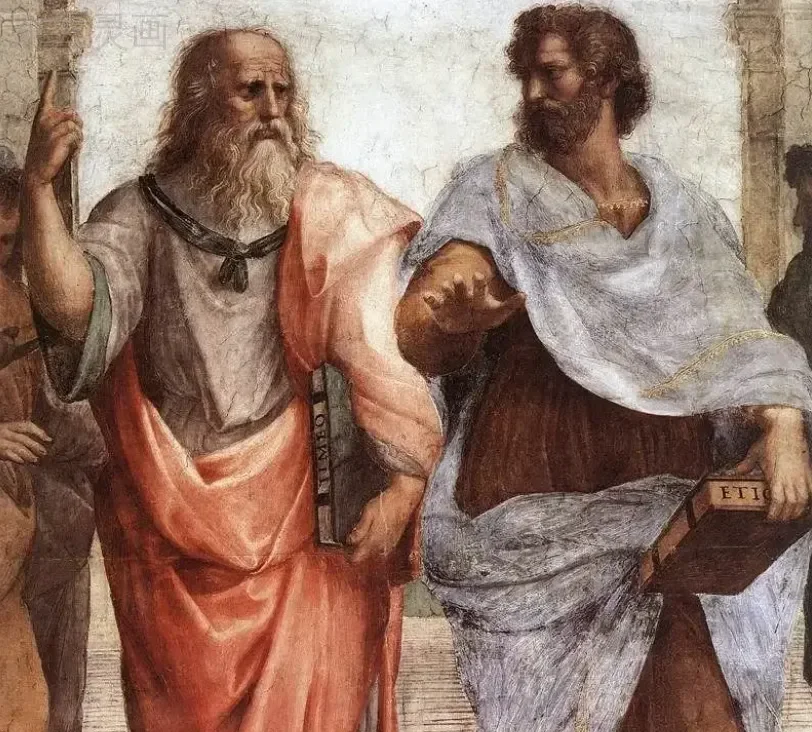
In the center of the composition, Plato and Aristotle stand on an elevated platform. The former holds a scroll in his hand, while the latter points to the sky, as if expounding on his views.Surrounding them are other scholars and artists, some listening intently, others engaged in heated debates—each striving for truth. This is not merely a philosophical feast but also a cross-disciplinary collaboration between science and art.
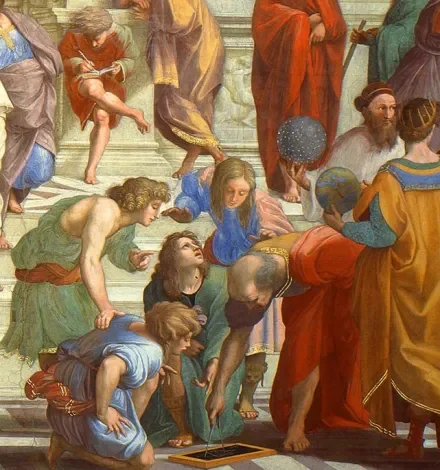
The School of Athens takes as its theme the anecdote of the ancient Greek philosopher Plato founding the Athenian Academy. With an extremely inclusive and liberal mindset, the painting breaks through the boundaries of time and space, bringing together cultural celebrities representing different academic fields. By evoking a historical golden age, it 寄托 (here: embodies) the artist's yearning for a better future, offers a collective tribute to those who pursue wisdom and truth, and reflects the vibrant scene of competing philosophical schools in classical antiquity.
This work is not only a tribute to ancient Greek culture but also a celebration of the humanist spirit of the Renaissance. Through The School of Athens, Raphael expressed his love for knowledge and reverence for wisdom.
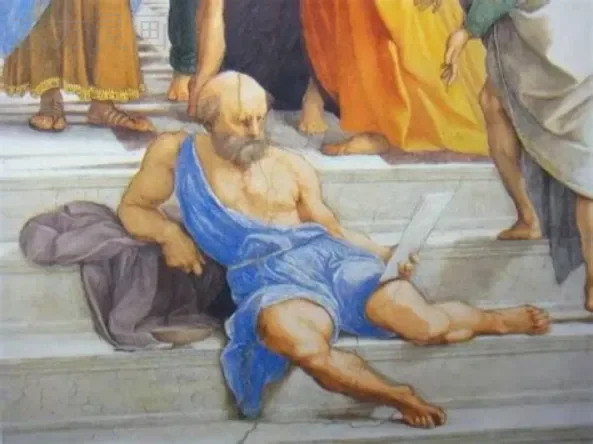
The figures in the painting are vividly portrayed, each uniquely depicted according to their ideological characteristics. For example,Plato is painted in the likeness of Leonardo da Vinci as a tribute to the latter's reverence.This work is not only a tribute to ancient Greek culture but also a celebration of the humanist spirit of the Renaissance. Through The School of Athens, Raphael expressed his love for knowledge and reverence for wisdom.
Human art has always pursued the lofty rational spirit,
and forever chased the great aesthetic ideal of unifying truth, goodness, and beauty.
From the cross-time intellectual collision in Raphael's The School of Athens to the eternal inheritance of Renaissance humanism, Florence—the capital of art—has always witnessed humanity's unremitting pursuit of beauty.Now, the torch of art is about to be passed to Chinese oil painter Wu Keyang! From July to August 2025, Wu Keyang will hold a month-long solo exhibition in Florence.With his unique brushwork, he will unleash the charm of Oriental aesthetics in this artistic mecca, presenting audiences with a cross-cultural visual feast. We invite you to step into the exhibition, experience the brilliant glow of East-West artistic integration, and have a romantic encounter with art!
Appreciation of works
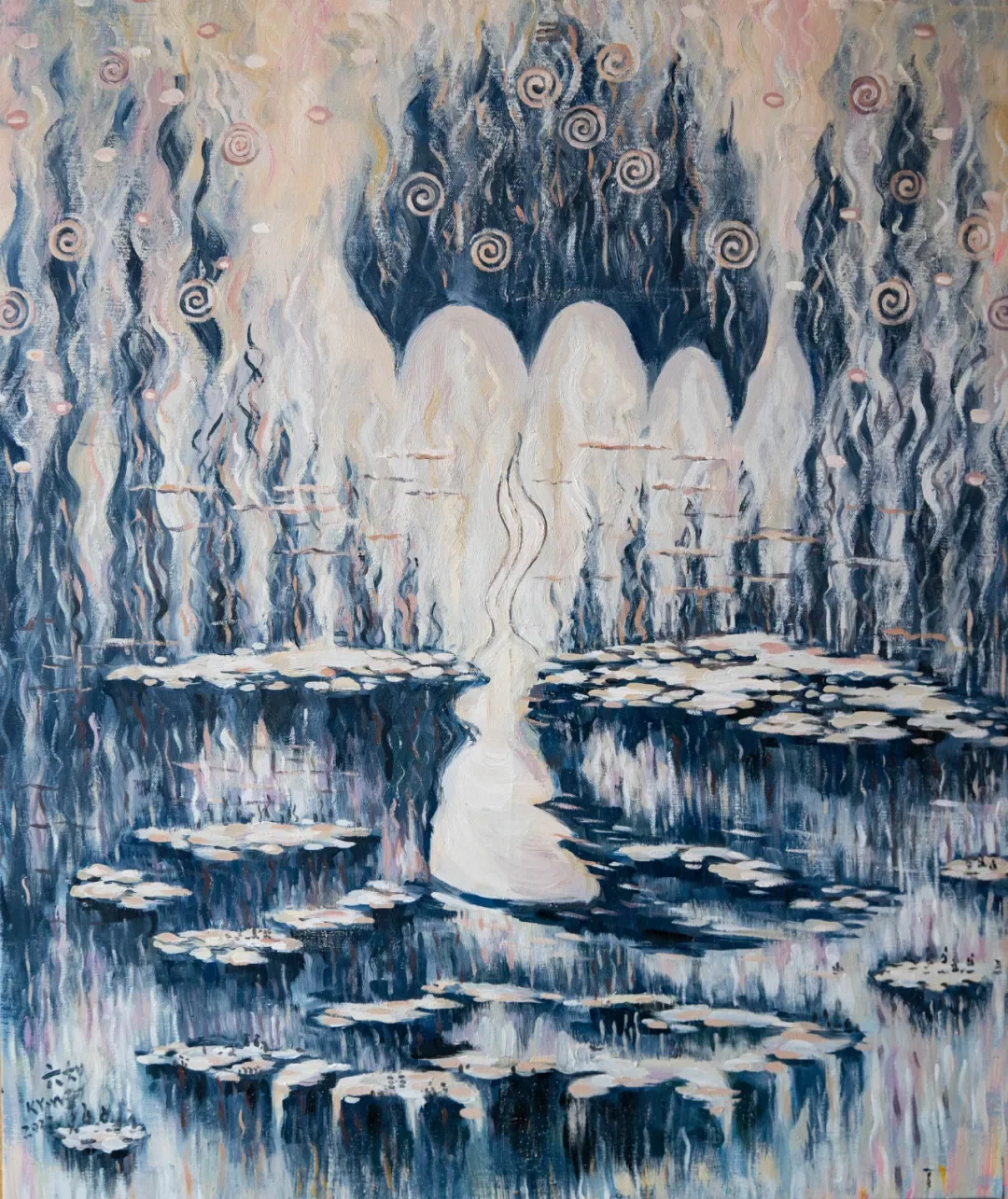
Material: oil painting on canvas
Specification:120 cm×100 cm
Creation date: 2023
(The work is currently in Italy)
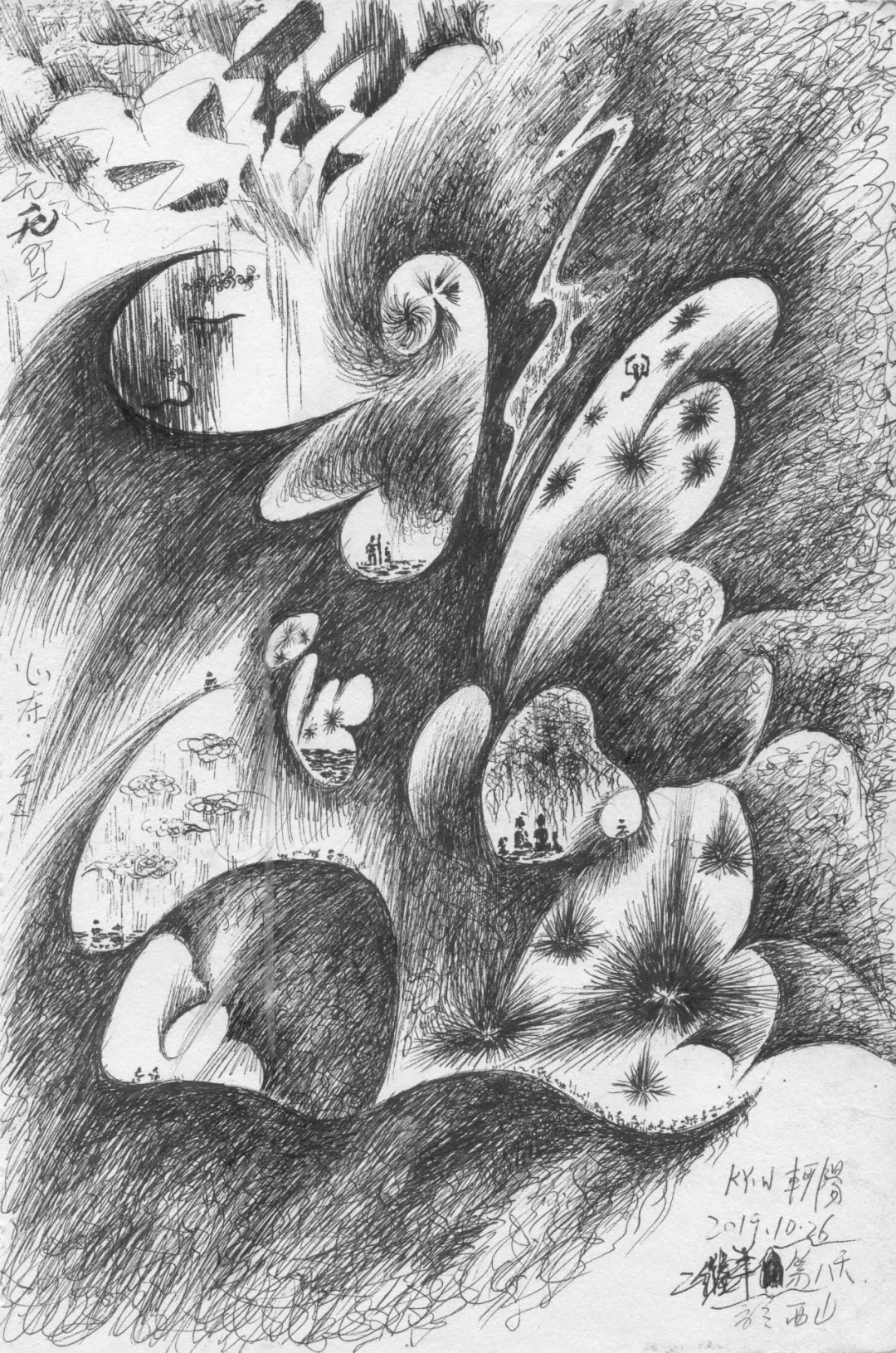
Material: pen sketch
Specification:29.5 cm×21 cm
Creation time: 2019
(The work is currently in Italy)
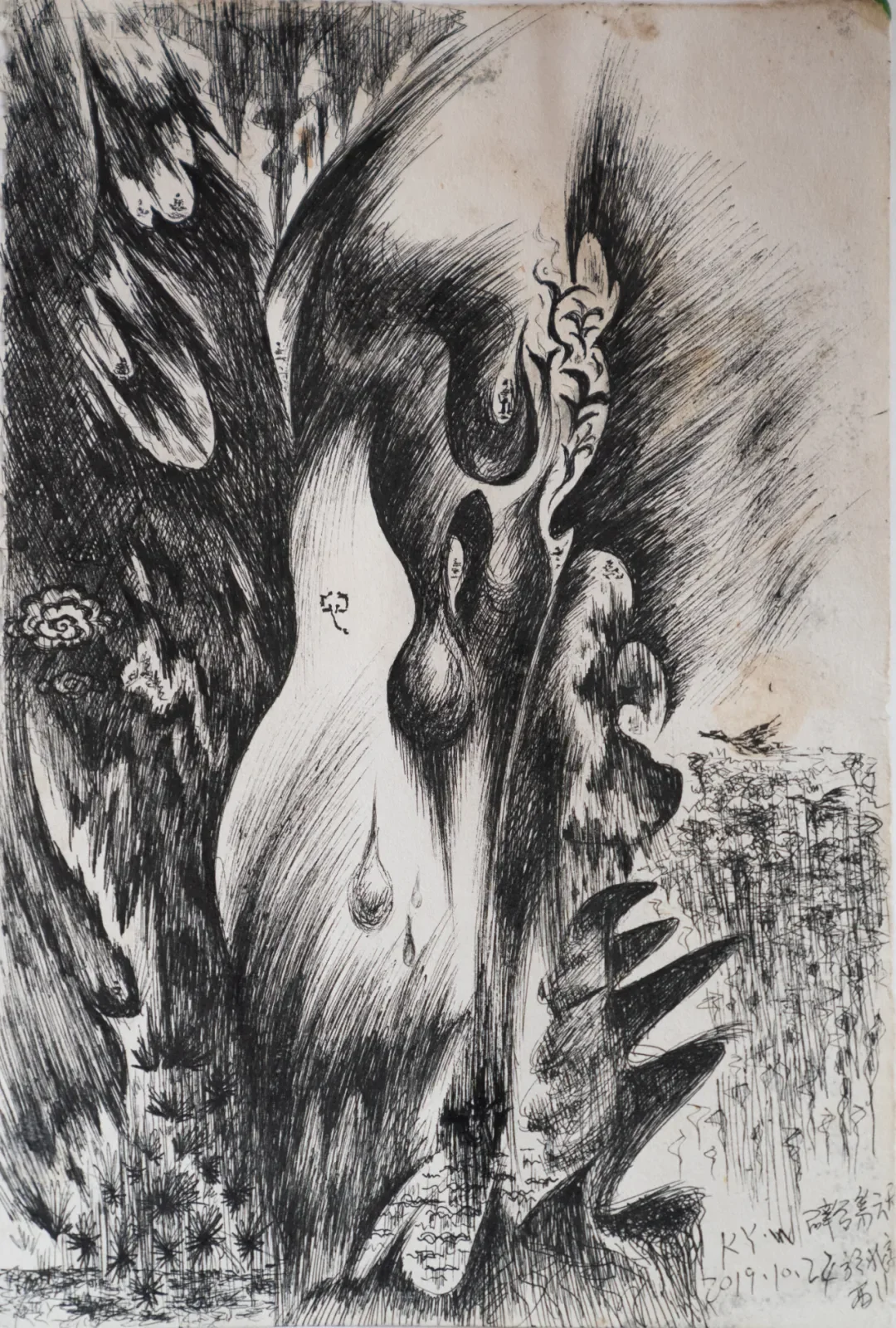
Material: pen sketch
Specification:29.5 cm×21 cm
Creation time: 2019
(The work is currently in Italy)
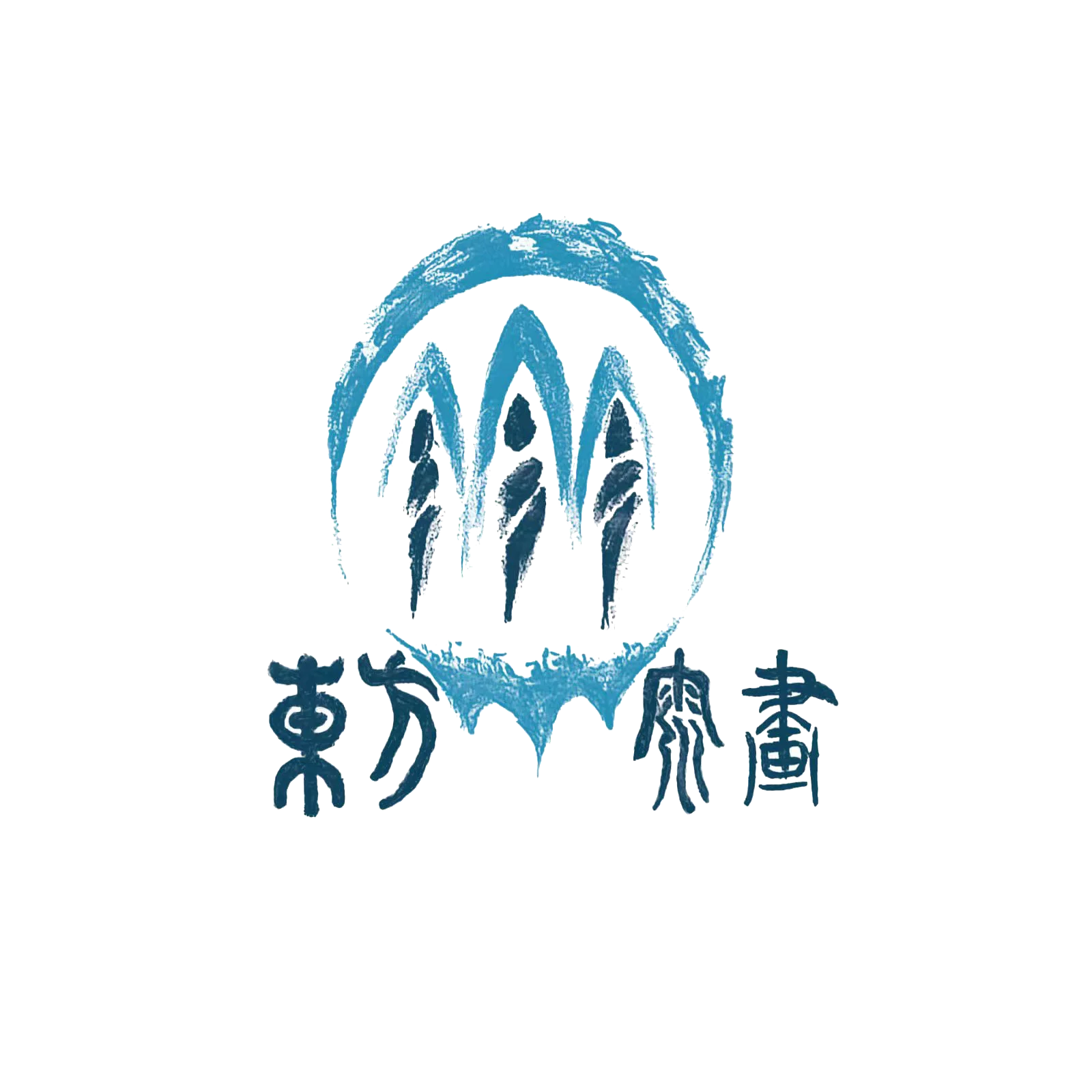
Leave a Reply